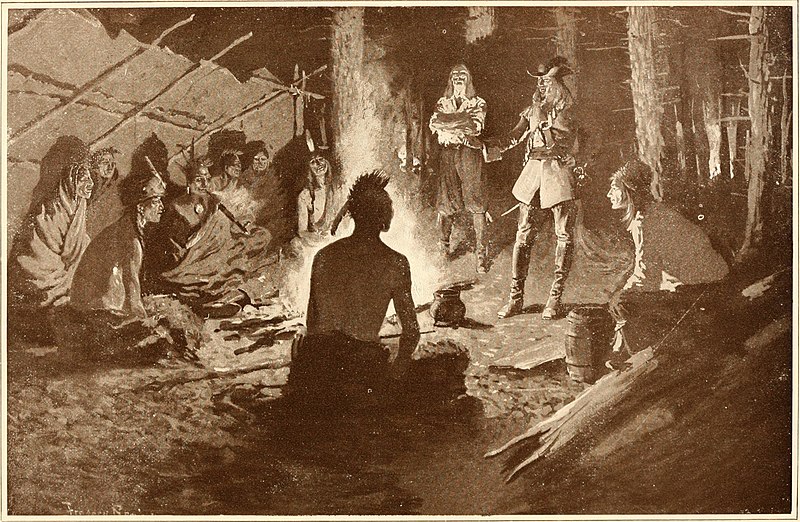
ADVERTISEMENT - CONTINUE READING BELOW
17. The Constitution of the Iroquois Confederation is a long and complex document
The Iroquois Constitution, variably called the Great Peace, Grand Peace, Great Law, and other names covers a vast array of cultures, laws, and religions. In one translation, described as “…at best it can be reconstructed from legend and spoken history” it runs through 117 separate articles. It covers law, the relationship of the member tribes, religious observances, emigration, relationships with outsiders, the power to declare war, the process of changes to the law and other governmental issues, and even the conduct of funerals and periods of mourning. As such it is a legal document, a treaty between the Five Tribes, and a collection of religious rites. It begins with the words, “I am Dekanawidah and with the Five Nations’ Confederate Lords I plant the Tree of Great Peace.” It does not contain the words “We the People”, alleged by some to have been so quoted from it by John Rutledge.
It established the Onondaga as the keepers of the council fire, and the Mohawk “…Lords as the heads and the leaders of the Five Nations Confederacy”. In contrast, the US Constitution did not name a specific state as the supreme state, and instead went to great lengths to prevent one state from dominating the others. The Great Law of Peace also specifies no laws can be passed in the Great Council without the Mohawk Lords’ being present. It contains many other significant differences which make the Confederation less a democracy than autocracy. The autocracy comes from the power of the sachems, the hereditary nature of their positions, and the authority of the matriarchs when appointing them. It also distributes representation unequally between the tribes, and it offers no process for amendments. Lastly, it is a given law, akin to those presented to the Israelites described in the Hebrew Bible.

